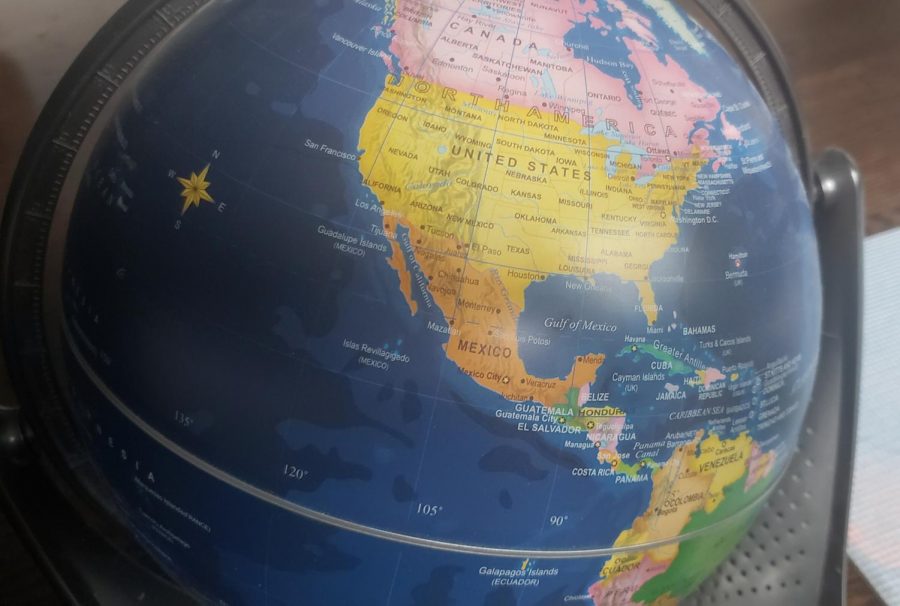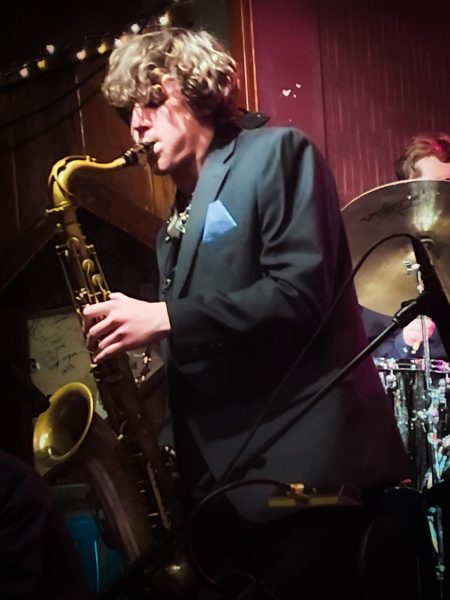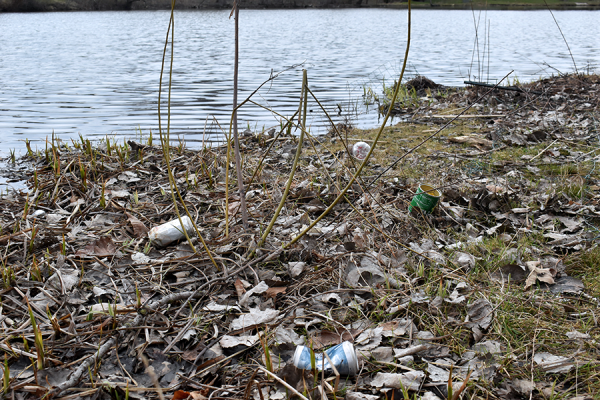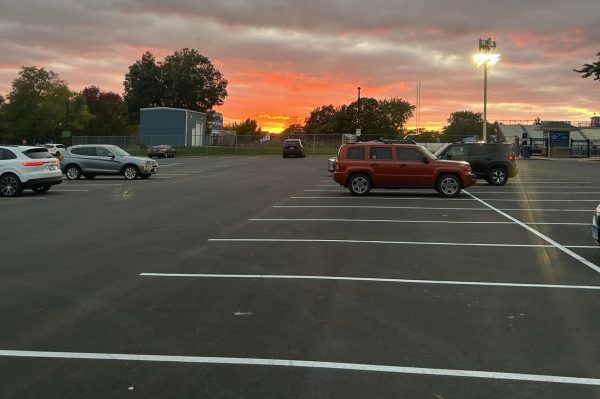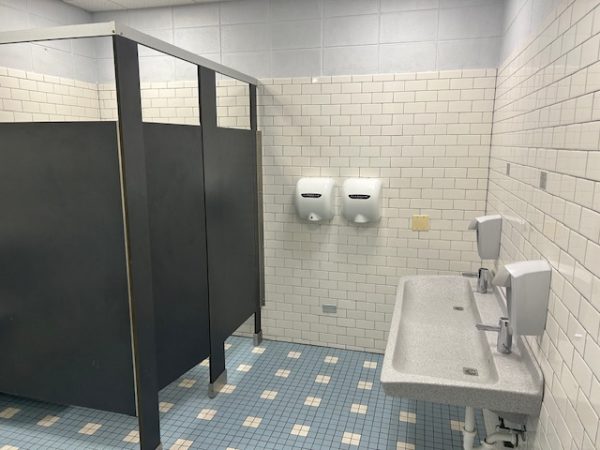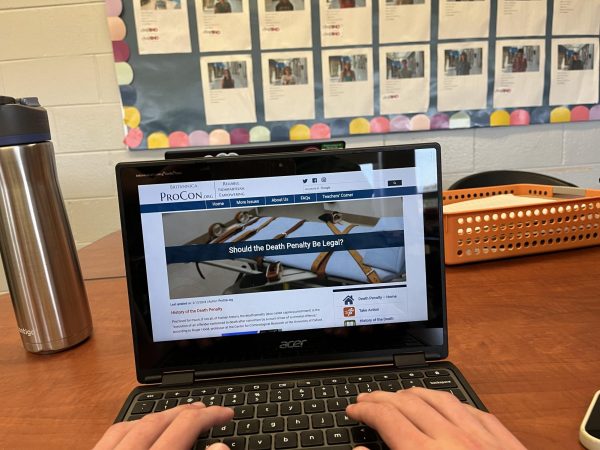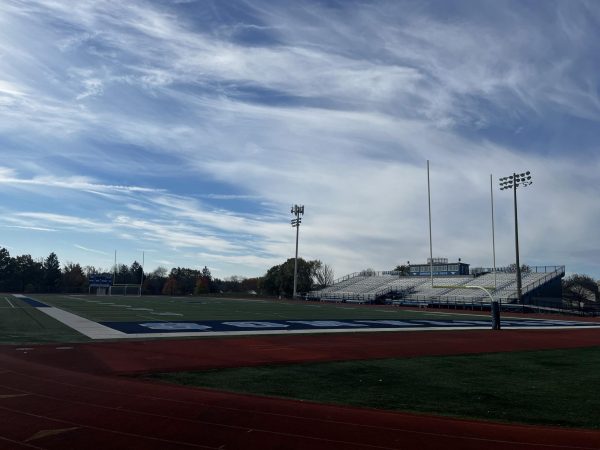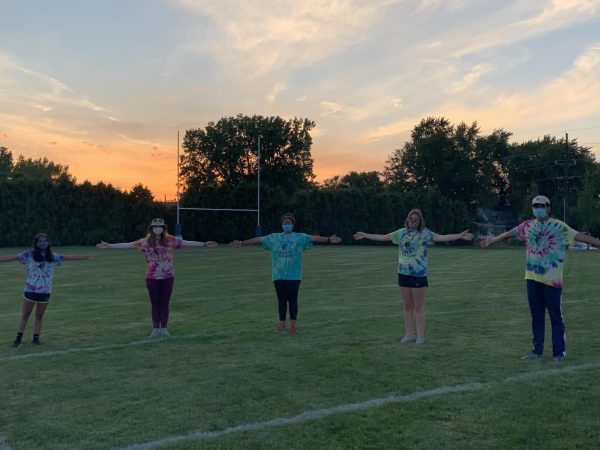Coping with the COVID-19 Pandemic through different parts of the world
As the one year mark of Coronavirus comes, many questions are left unanswered
As the COVID-19 global pandemic wreaks havoc on almost all lives and businesses throughout the world, some countries have implemented stricter lockdown procedures then the U.S. One prime example had been Romania, which imposed steep travel restrictions on driving by car and leaving your home. The cost of these fines ranged from 480 and 4,860 dollars.
Similar lockdowns were also enforced among the former hot spots in Italy and France. Although these tight restrictions were done back when the virus first arrived, the impact of it all still lingers especially among younger generations who have been accounted for surging the virus among many economic and social variables. Romanian college student Octavian Manea described his first-hand experience with this new way of life.
“Personally, for some weeks, it was like a break, and I was thinking that the virus couldn’t follow us for many months, then the situation changed a lot, the rules got stricter, and we had to stay home,” Manea said.
Just as here, restrictions on past social events are also limited.
“For example, [social] events are closed, festivals as well, this shows that we have to continue the fight and keep this mindset because things [restrictions] will come back the way it was before,” Manea said.
As the number of cases diminished because of the heavily enforced restrictions, Romania and many other countries within Europe are now experiencing huge resurgences of cases over the past few months. A conflicting balance between reducing the spread and preventing social and mental isolation are the forefront. Manea further illustrates that balance.
“It was so hard to adapt because humans are exclusively made to interact, talk. We all want our lives back, but no one else knows when we will be the same and all we have to do is respect the rules and be aware,” Manea said.
Going back to the beginning of the pandemic, Washington state had become one of the first states to confront COVID-19 throughout outbreaks in nursing homes. It had been quoted that half of all coronavirus deaths in the U.S. are in fact linked to the Life Care Center of Kirkland. Senior high school student Sean Moriarty who resides in Washington describes his first-hand experience with this outbreak.
“The lockdown wasn’t very strict in the beginning [February], but now the lockdown is bugging a lot of people here especially with the high tension with police and protesters,” Moriarty said.
Over the summer, Seattle had been plagued with civil unrest as tensions over police reform boiled over into protesters establishing an autonomous zone free of law enforcement and any guidelines related to the pandemic.
“Everyone wants the lockdown to end, so they can get back to normal, especially since Seattle has become so hectic. People are just getting worn down by the precautions and not going outside as they used too,” Moriarty said.
The state of Washington just recently implemented a series of restrictions that prohibited household gatherings . As well as closed fitness facilities and outdoor dining/takeout only.
As COVID-19 has changed the complete scope of how education is taught, the effects were felt deeply among students and staff in Romania. World language teacher Cristina Grosu describes her first-hand account with this new era of teaching.
“First of all, not all students are digital experts, and neither are their teachers or parents. We had to train ourselves to deal with online learning, both sides [teachers and students] and you cannot expect miracles overnight,” Grosu said.
Just as students and teachers experienced this, an initial and sometimes lingering mental impact can be felt as further mentioned by Grosu.
“The fact that all our routines have changed, some students said they felt isolated, [and] saw no point in attending classes. One of my students told me once [last May] that she really appreciates the teachers’ efforts, the online classes seemed to be quite engaging, but then she asked, ‘what’s the purpose of all things? There is no purpose anymore’. That was really difficult,” Grosu said.
Despite Romania having heavy restrictions on any activities outside the household, students and staff were given the opportunity to return for in person learning for a limited period of time.
“Yes it has, in fact, this September we went to school, and we did for two months. Even if we had lots of restrictions, rules, and so on. But we were all there and the educational process functioned because of human interaction,” Grosu said.
Among many, when a brief lockdown was first announced among the citizens in Romania, they too, felt as if this wouldn’t transpire into a long-term crisis.
“I really think that the first time we had to stay home, everybody thought it was a joke that would end as fast as it started, but the days passed on and on,” Grosu said.
Whether on the West Coast or Eastern Europe, the impact of this virus has shown the same lingering effects among the world of schooling. That comes through new social and technical challenges that need to be sorted out and utilized properly until a complete safe-return to in-person learning.
Another similarity between hard-lockdowns and an unexpected spike in Covid-19 cases can also be noted. On May 20, Romania reported 196 cases to now a staggering 10,108 confirmed cases on November 19. These trends were also notable among many European countries that placed similar lockdowns.
What can be interpreted from that data is that a hard lockdown on non-essential travel can curb a spike in cases, but another challenge comes in the way of maintaining that balance. Like a variety of Eastern European countries, fears of a overwhelmed flow of patients due to a fragile healthcare system and economy.
With a successful head-start in contacting the initial surge, the reasons for European nations not implementing the same procedures are complex to answer. For one, the E.U is now facing its worst recession ever, further damaged more than the U.S due to a difference in how strict lockdowns were enforced among economic sectors.
One upside is that despite Europe as a whole having nearly double the population of the U.S, they were able to keep the number of deaths relatively the same as that of the U.S.
A major struggle of balance between not overwhelming healthcare systems with critical patients but not causing a major economic and mental recession at the same time have yet to be figured out.


